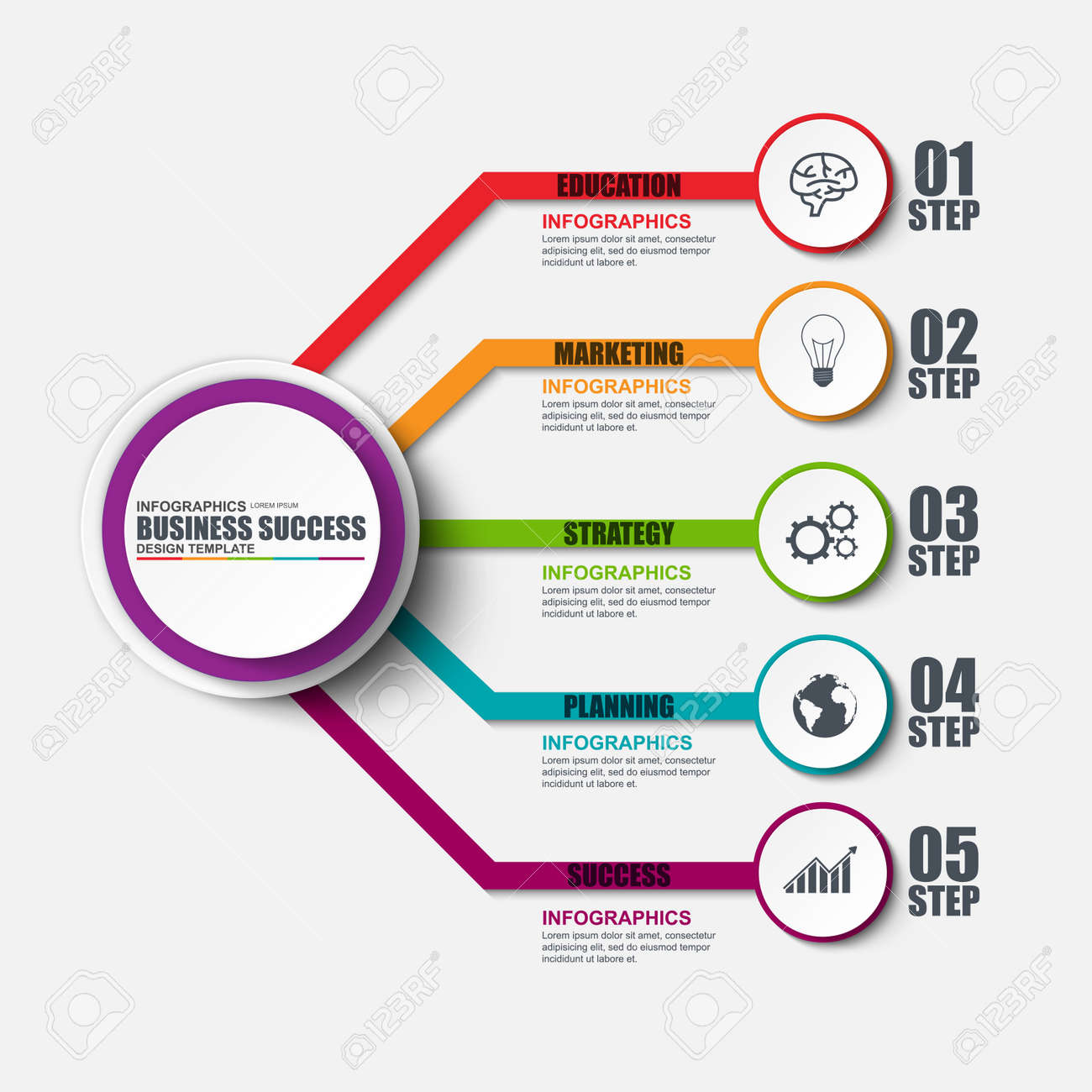The Advancement Of Site Layout: From Past To Existing
The Advancement Of Site Layout: From Past To Existing
Blog Article
Short Article Created By-Jonasson Singer
In the past, internet sites were simple and focused on information. Navigation was direct, and design was for desktop computers. Now, individual experience is crucial. Information guides designs for easy navigating. Receptive layouts suit different gadgets. Today, dark setting reduces stress, and minimalist food selections improve navigating. Interactive attributes engage users, and bold visuals stand apart. AI combination boosts interaction. See exactly how design has actually developed to improve your on-line journey.
Very Early Days of Website Design
In the very early days of website design, simplicity preponderated. Web sites were basic, with minimal shades, fonts, and formats. The emphasis got on providing information instead of fancy visuals. Individuals accessed the web through sluggish dial-up connections, so speed and capability were vital.
Navigation food selections were straightforward, typically located on top or side of the page. Websites were made for home computer, as mobile surfing had not been yet widespread. Content was king, and designers focused on simple readability over intricate style components.
HTML was the key coding language utilized, and developers needed to work within its restrictions. https://spencerdwpia.blogacep.com/35086952/improve-your-pay-per-click-projects-by-using-effective-keyword-study-techniques-that-will-certainly-change-your-marketing-performance-learn-more-today and interactive attributes were minimal compared to today's criteria. Websites were static, with little vibrant web content or personalized individual experiences.
Surge of User-Focused Style
With the evolution of web site style, a shift in the direction of user-focused design concepts has actually become significantly prominent. Today, developing websites that focus on individual experience is crucial for involving visitors and attaining service objectives. https://dallassnibw.blogthisbiz.com/36127722/improve-your-company-identification-with-top-notch-internet-marketing-solutions -focused design includes understanding the requirements, choices, and habits of your target audience to tailor the web site's layout, content, and includes as necessary.
Designers currently conduct detailed study, such as customer studies and usability screening, to gather insights and feedback directly from individuals. This data-driven approach helps in producing user-friendly navigating, clear calls-to-action, and aesthetically appealing interfaces that reverberate with site visitors. By putting the user at the facility of the style process, internet sites can deliver a much more customized and enjoyable experience.
Responsive design has also become a crucial aspect of user-focused design, ensuring that websites are maximized for different tools and screen dimensions. This versatility improves accessibility and usability, satisfying the diverse methods users engage with websites today. Essentially, the surge of user-focused layout signifies a change towards producing electronic experiences that prioritize the demands and assumptions of completion customer.
Modern Trends in Web Design
Discover the most up to date trends shaping website design today. One prominent fad is dark setting layout, using a sleek and modern-day look while reducing eye pressure in low-light atmospheres. https://realtybiznews.com/how-can-digital-marketing-help-in-my-real-estate-job/98772427/ is minimalist navigating, simplifying food selections and boosting user experience by concentrating on essential elements. Including micro-interactions, such as computer animated buttons or scrolling impacts, can produce a more engaging and interactive web site. Responsive layout stays crucial, making certain seamless customer experiences across different tools. In addition, using strong typography and asymmetrical formats can add aesthetic passion and draw attention to details material.
Integrating AI technology, like chatbots for client assistance or individualized suggestions, enhances user engagement and streamlines procedures. Access has likewise end up being a significant pattern, with designers prioritizing inclusive style practices to accommodate diverse individual requirements. Embracing sustainability by maximizing web site efficiency for rate and effectiveness is another arising pattern in website design. Teaming up with user responses and information analytics to iterate and enhance layout continuously is essential for staying relevant in the ever-evolving digital landscape. By accepting these modern trends, you can produce an aesthetically attractive, user-friendly site that reverberates with your target market.
Verdict
As you reflect on the development of website design from the early days to currently, you can see how user-focused design has actually become the driving pressure behind modern-day patterns.
Accept the trip of adjustment and adaptation in website design, constantly maintaining the individual experience at the leading edge.
Remain current with the most up to date trends and technologies, and never ever stop advancing your technique to develop visually spectacular and easy to use websites.
Develop, adjust, and develop - the future of web design remains in your hands.
